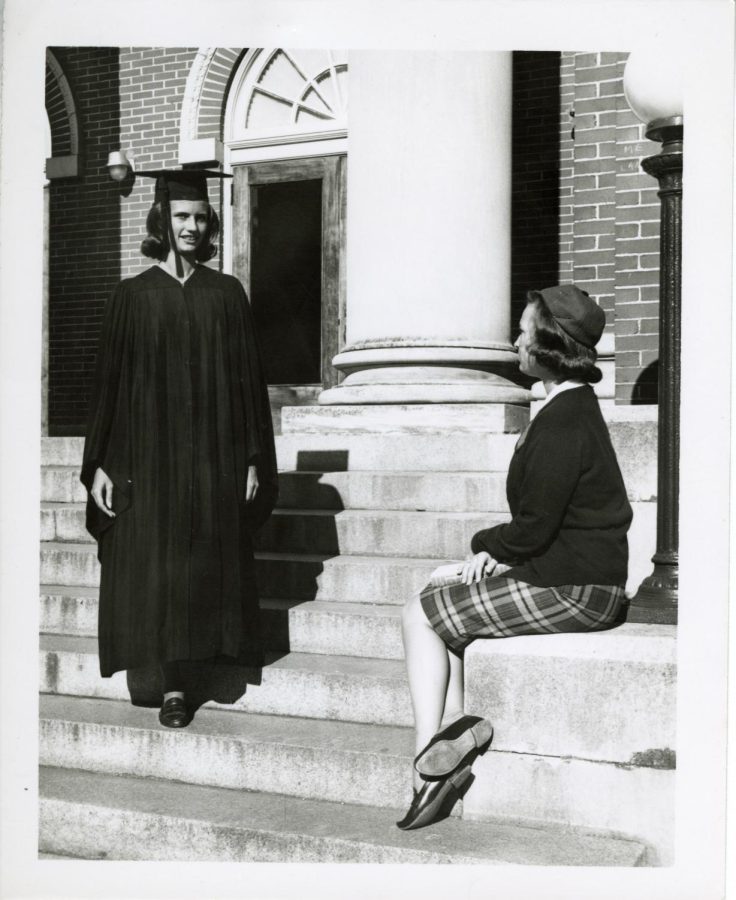GC’s coed and diversification efforts
October 20, 2022
GC was established in 1889 as an all-women’s college as the ‘Georgia Normal and Industrial College.’ It was built to provide education in many different areas including teaching and business. Some of the smaller classes taught were dressmaking, cooking, and industrial drawing.
The college administration for the school learned that more women found co-educational schools more appealing after the war started to slow down, and they were finally approved to make the transition, resulting in the name change to Georgia College and State University in 1967.
“GC started as a women’s only university, because there was no place else for women to get any education beyond 8th grade,” said digital archivist of special collections at GC, Holly Croft. “They began admitting male students in the spring of 1967. It was a necessary change because society was changing so much.”
Several other factors influenced the decision. With the school losing more enrolling students during this time, becoming coed was a need for GC to remain open beyond 1996.
“In 1952, there were less than 600 students and GC almost vanished,” said GC history professor Robert Wilson III. “Enrollment increased, but not enough. The board threatened to shut the place down, and the main impulse was declining enrollment.”
Many people did not want to change the school from all-women to coed. Some felt that it was a necessary change for the school to stay open, while others felt betrayed.
“When it went coed, GC no longer served the whole state of Georgia. Most of the students came from middle Georgia, so it basically became a commuter school. In 1967, we became a suitcase college,” Wilson said.
The timing of this decision seems late to some GC students because the state of Georgia had become coed decades before. At the time, the decision to change the school to coed should have been easier.
“I feel like it was a little late, but I think it’s wonderful we did,” said senior psychology major, Anna Boughton. “As a public institution and I think funding-wise, it makes more sense to be open to everyone, not just women.”
Some students believe that co-education is the ideal match for GC because of the goal that GC provides. GC’s goal is to provide education to all, regardless of background, gender and sexuality.
“I think it is wild to think it was an all-women’s school at one time,” said junior psychology major Katie Whitworth. “I think they try to strive for diversity, too, and I think that coed just makes sense for the vision and background of GC.”
GC is known for its diversification with students from around the world. In the beginning, it was not always inclusive of everyone, and many saw this difference with the arrival of the first female African American student. Cellestine Hill arrived at GC in 1964 and chose to study psychology while working hard to clear a path for others like her to be able to get an education.
The change to a coed school, along with allowing African Americans into the school, allowed the doors to open for an abundance of people. Some students at GC often find themselves thinking that an all-women’s school allows equal opportunities.
“I think it diversified the school to some extent,” said senior Exercise Science major Lydia Palmer. “I think it might have been the right choice for GC because we were able to put more people in college. Today, I think there are some instances where it is okay for everything to just be for women. Today, it could even be beneficial for women to have the school to themselves, because we are not granted the same opportunities in life as men, especially women of color.”
GC’s mission was to provide an educational environment of no distractions, equality, and diversity. These changes paved the way for GC to be the college it is today, and for the accomplishments students who have attained a degree here have accomplished.







